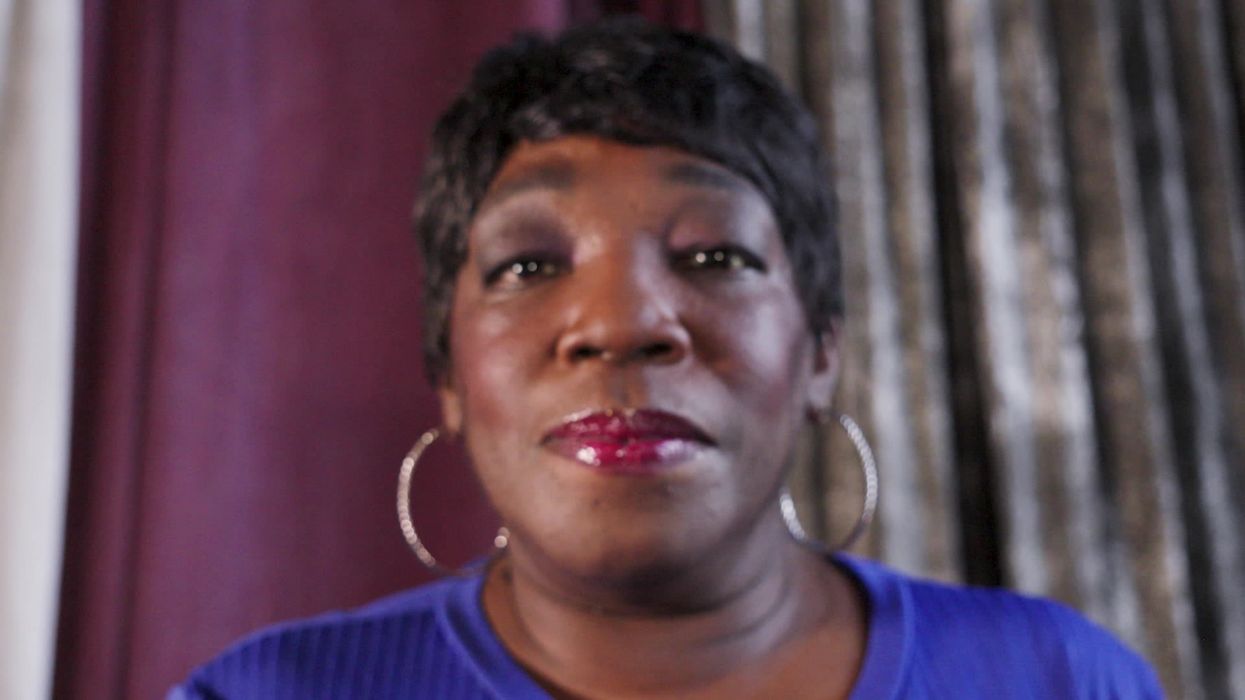Self-destructive behaviors can manifest in many ways. At times they are noticeable on the body, particularly if someone has an eating disorder that causes significant weight gain or loss, cuts or burns the body in obvious places, or appears to be openly under the influence of drugs or alcohol. At other times the behaviors are less obvious. In these cases, there are useful “red flags” that one can use to assess for the possibility that a loved one is engaging in self-harm.
Secrecy: Despite a strong desire to stop, until a person learns new ways to cope, they typically return to the immediate sense of relief or numbing that self-harm achieves. However, the conflict between doing or not doing the behavior often leads to intense feelings of guilt and shame. As a result, acts of self-harm are often done secretly. A person who isolates more than usual, regularly declines social invitations, and seems to be spending more time by themselves may be using that solitude to secretly engage in their self-destructive acts.
Untreated Depression or Anxiety: These conditions can leave a person overwhelmed by negative thoughts and feelings that evoke helplessness, hopelessness, inability to have fun, lethargy, loss of concentration, excessive worry, panic, or unbearable tension. If a loved one manifests any of these symptoms and they don’t have healthy tools to manage and navigate these experiences, they are vulnerable to using self-harm in an attempt to cope and self-medicate.
History of Unresolved Trauma: In some cases, self-harm is the reenactment of prior modeling that normalized abusing or neglecting the body. Oftentimes, it’s a way for people to creatively communicate that unspeakable things were done to their bodies in the past. If no one was available in childhood to protect or comfort them, they may be lacking in the fundamental skills of self-care and have no healthy resources to manage stress. People who have not processed or resolved their trauma in therapy are more vulnerable to turning toward acts of self-harm both in adolescence and adulthood.
Frequent Zoning Out: In order to engage in acts of self-harm, especially ones that physically hurt the body, one has to be in a detached state. People who frequently appear to be “spacey” and describe the sensation of being disconnected from their bodies and their environment are more easily able to hurt themselves. The person who self-harms uses zoning out as a way to cope with situations that trigger or overwhelm them. Rather than responding in proactive ways, they tend to “freeze” or shut down. In a more frozen state they are able to hurt themselves without feeling the full extent of their injuries.
Prior History of Self-Harm: People who engage in self-injury often have more than one method. They might abuse substances in social situations and then engage in acts of self-mutilation when they’re alone. Without healthy tools to address negative thoughts, emotions, and upsetting social triggers, other forms of self-harm will be adopted when difficult situations arise. However, true healing can be achieved when a person learns new ways to communicate their pain, short-circuit overwhelming experiences, and turn to safer forms of self-care.
Lisa Ferentz is a nationally recognized psychotherapist, clinical consultant, and educator, Lisa Ferentz specializes in the treatment of adolescent and adult trauma, abuse, and neglect. She is the founder and president of the Institute for Advanced Psychotherapy Training and Education Inc. She is the author of Treating Self-Destructive Behaviors in Trauma Survivors: A Clinician’s Guide, now in its second edition, and Letting Go of Self-Destructive Behaviors: A Workbook of Hope and Healing. For more information visit LisaFerentz.com.



































































